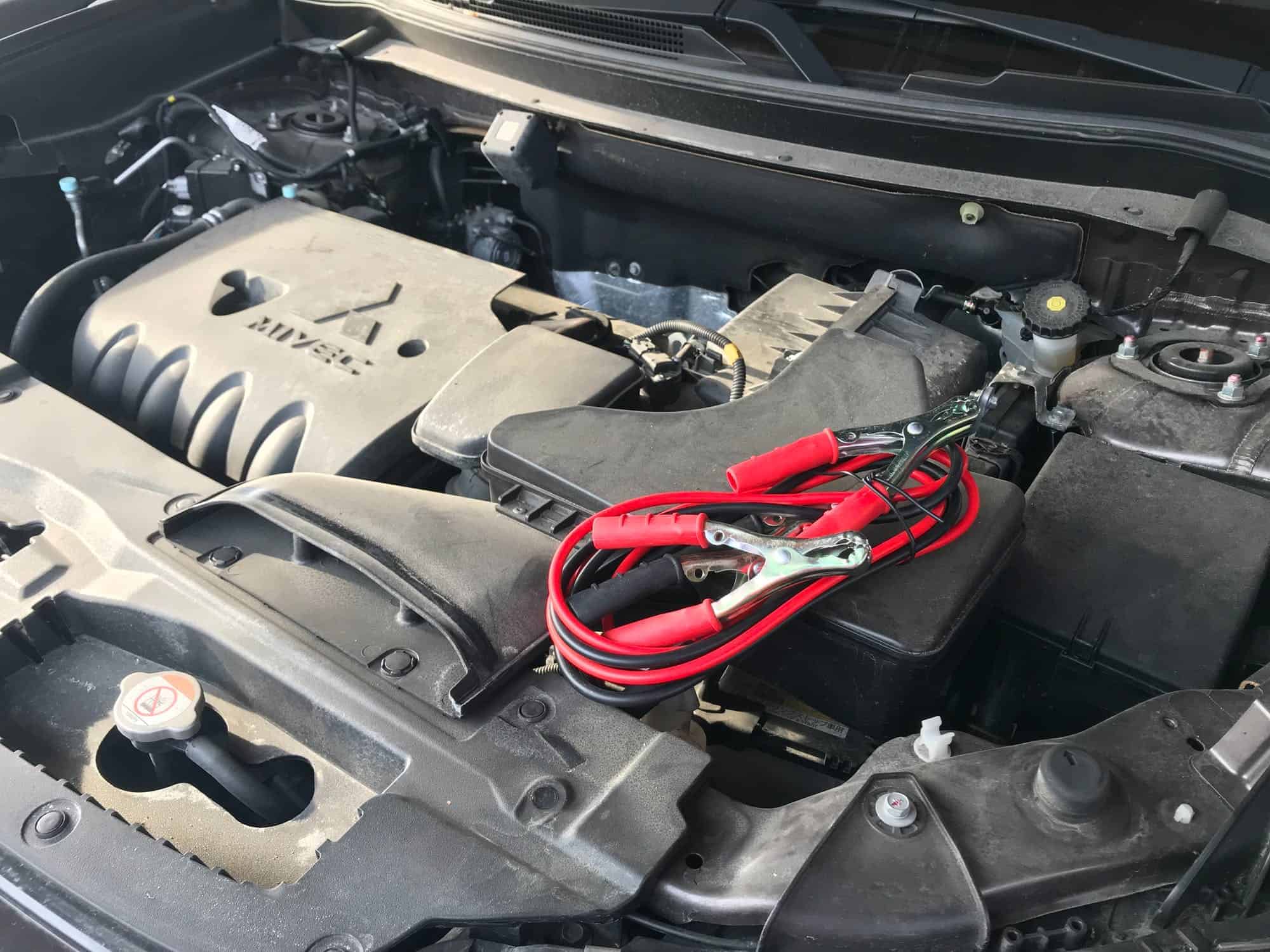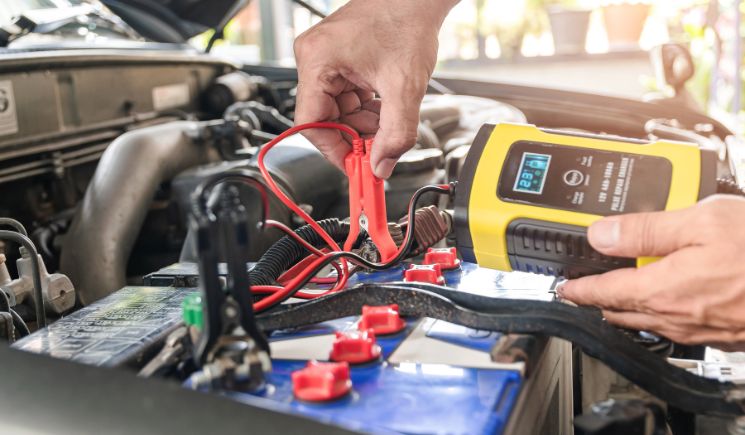

Sudden dead battery is a common automotive problem, causing frustration and inconvenience to drivers worldwide. Imagine you’re rushing to work and your car won’t start due to a dead battery; a stressful situation, isn’t it? This comprehensive guide explores the causes of sudden battery failure, providing expert tips to maintain battery health and even outlining the steps for proper replacement. This article will cover the common causes of a sudden dead battery, including improper charging, corrosion, and environmental factors, and offer actionable solutions. We will delve into preventative maintenance strategies, including the importance of regular checks and how to maintain optimal battery charging conditions. Finally, we will explore replacement procedures, offering guidance and steps to ensure a smooth and efficient process, allowing you to get back on the road quickly.
Understanding the Causes of Sudden Battery Death
Sudden battery death in cars can stem from a variety of issues, ranging from seemingly minor problems to more complex electrical problems. Understanding the underlying causes is crucial to preventing future incidents. One of the common issues contributing to this problem is improper battery charging. A malfunctioning charging system may not be supplying enough current to replenish the battery’s charge. This can lead to a gradual decline in the battery’s performance until it finally dies completely. Over time, sulfation—a buildup of sulfate crystals—can affect the battery’s ability to store and release energy. Sulfation hinders the battery’s effective operation, especially in cold weather, making it more prone to sudden discharges and failure.
Factors Contributing to Battery Discharge
Various environmental factors can impact battery life and health. Exposure to extreme temperatures, especially prolonged cold weather, is known to reduce a battery’s capacity to hold charge. Also, prolonged periods of inactivity, leaving your vehicle parked for several weeks or months, can significantly deplete a battery’s charge, leading to sudden failure when you try to start. Additionally, high temperatures can also affect battery performance. Prolonged exposure to excessive heat can lead to internal components expanding and potentially causing permanent damage, making your battery more prone to premature failure. Electrical components malfunctioning are another concern. A faulty electrical system can place a drain on the battery, regardless of the alternator’s ability to recharge it, and eventually result in a sudden dead battery.
Maintaining Optimal Battery Health
Regular maintenance is crucial for ensuring your battery’s longevity and preventing sudden death. Keeping your battery terminals clean and corrosion-free is paramount. Corrosion can hinder the efficient flow of electricity, leading to a significant drop in battery performance or even complete failure. A simple cleaning process with a wire brush and terminal cleaner can maintain proper electrical connections and prevent corrosion, drastically improving your car battery’s lifespan.
Regular Battery Checks
Periodic battery checks and testing are crucial to identify potential issues early on. Check the battery’s voltage using a multimeter or a specific battery testing tool. This simple step can alert you to any unusual drops in voltage, signaling an impending battery problem. Consider consulting a trusted mechanic for routine battery inspections. They can diagnose issues early on, which may prevent more serious problems down the line and potentially save you a lot of money in the long run. By regularly checking the battery’s terminals and connections, you can significantly increase the likelihood of catching problems before they cause serious issues, such as a sudden dead battery.
Addressing Electrical Problems
Electrical problems within your vehicle’s system can have a significant impact on your battery’s health. A faulty alternator is a common culprit. If your alternator is not functioning correctly, it will not charge the battery adequately, leading to a gradual decline in its charge and potentially causing it to die unexpectedly. Regular checks of the alternator’s performance are essential, as a failing alternator can lead to costly repairs if ignored. Inspect the belts connecting the alternator and other components in your engine system. Ensuring these belts are correctly tensioned and not worn or damaged is another important consideration. Any noticeable issues or unusual noises from the engine may suggest an underlying problem in the electrical components, which warrants immediate attention from a qualified mechanic.
Electrical System Troubleshooting
When electrical problems are suspected, systematic checks are necessary to pinpoint the root cause. Use diagnostic tools to isolate potential problems; these can range from minor wiring issues to significant components failing to operate properly. A comprehensive inspection of the vehicle’s electrical wiring for any signs of damage, breakage, or corrosion is essential. Often overlooked, even minor damage in wiring can eventually lead to significant issues. Addressing these seemingly small issues early on can prevent major problems down the road. In addition to visual inspections, you should consider utilizing specialized diagnostic equipment to precisely pinpoint the source of the electrical system malfunction.
Replacing a Dead Battery
Replacing a dead battery is often a straightforward process. Identifying the right battery for your vehicle is crucial; ensure you use a battery with the specified amperage and cold cranking amps (CCA) capacity. Ensure the correct battery type is used, as incorrectly matching the battery model to the car’s requirements can result in improper functionality. Consult your vehicle’s owner’s manual or visit a reputable auto parts store for guidance on the right battery size and type for your car.
Proper Replacement Procedure
Once you’ve obtained the correct replacement battery, carefully disconnect the terminals, observing the correct sequence to prevent short circuits or electrical damage. Ensure that the terminals are clean and free from any corrosion, and properly attach the new battery, ensuring a firm connection. Connect the terminals in the right order and tighten the connections securely. After completing the process, test your vehicle to verify that the battery is fully operational, and avoid leaving any gaps or unfixed electrical systems.
The Impact of Temperature on Battery Life
Temperature plays a crucial role in battery health, especially during extreme conditions. Extremely cold temperatures significantly reduce the battery’s ability to hold a charge, increasing the risk of a sudden discharge and reducing the operational life. This is because the chemical reactions within the battery are affected by the temperature. Warmer temperatures, while not always a significant problem, still affect the battery’s performance and can lead to faster discharges and potential internal damages.
Optimal Battery Temperatures
While specific temperatures vary, most car batteries perform optimally within a specific range. Maintaining a reasonable temperature helps preserve the battery’s internal components, enabling it to operate efficiently. Keeping your vehicle in optimal temperature ranges can enhance the overall efficiency of the battery’s functions, preventing premature aging and unexpected failures.
Frequently Asked Questions
What are some common reasons for a sudden dead car battery?
Sudden dead car batteries are often caused by factors such as inadequate charging, corrosion, low temperatures, or faulty alternators. These issues are sometimes overlooked and don’t always present themselves as immediately apparent. Regular battery checks are essential to pinpoint the potential causes early on, preventing total discharge. The age of the battery also contributes significantly to this issue. The older the battery, the more likely it is to lose its ability to hold a charge effectively, or even sustain a complete discharge, leading to a sudden dead battery. Finally, a faulty electrical system in your car, including the alternator or wiring, can draw down the battery’s charge despite the alternator’s ability to supply sufficient charge. Proactively addressing these factors through regular checks and preventative maintenance can drastically reduce the risk of unexpected issues.
How can I prevent my car battery from dying unexpectedly?
Regular maintenance is key to preventing a sudden dead battery. This includes keeping your battery terminals clean and free of corrosion. You can often find simple instructions on how to do this online. Make sure to have your battery checked regularly by a professional or through using battery testing tools, and do not neglect charging your car when parked for extended periods. Maintaining a healthy alternator and properly charging your battery will also help prolong its life and reduce the risk of a sudden discharge. The temperature of your car can also play a part in the health of your battery, ensuring appropriate charging conditions. Keeping your vehicle in optimal condition will also help ensure your battery has the required environment to perform optimally. Also, be mindful of electrical components in your vehicle that may cause the battery to discharge, like improperly sealed electrical components.
In conclusion, a sudden dead battery in your car can be a frustrating experience, but with proper maintenance and understanding of the causes, you can avoid these issues and ensure your vehicle’s reliability. Regular checks, optimal charging habits, and prompt attention to warning signs are key preventative measures. Remember, a well-maintained battery translates to a smoother driving experience and fewer unexpected breakdowns. If you suspect a problem, don’t hesitate to consult a qualified mechanic or visit a reputable auto parts store for professional advice and replacement options. Maintaining your car battery is essential for a smooth ride. Now, let’s address some common questions about sudden dead batteries.